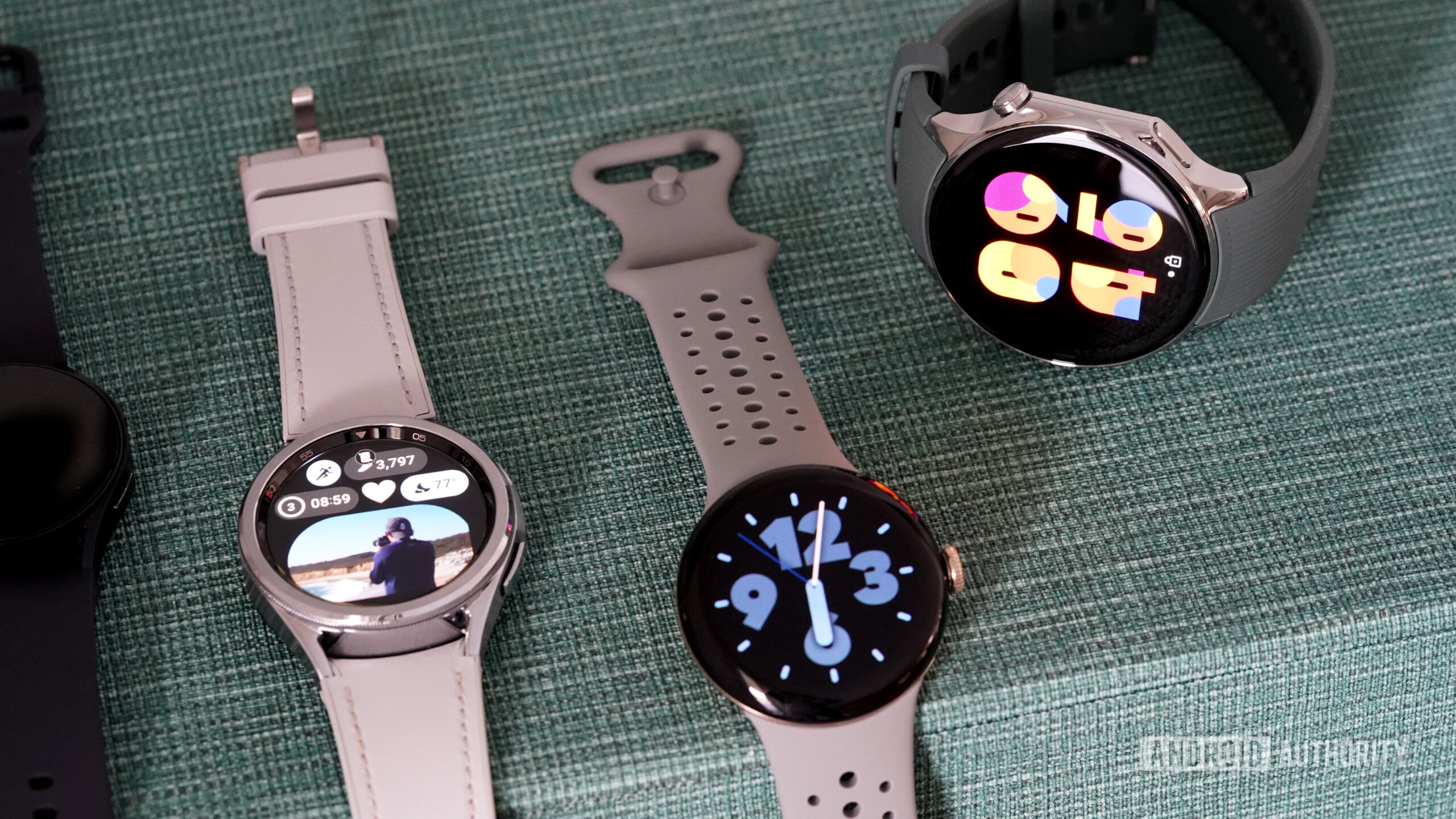
- Google and Samsung introduced the new Watch Face Format as part of the Wear OS 4 update. This new method allows developers to create watch faces that involve no executable code, leaving the processing to Wear OS to handle.
- On dual-chip smartwatches, Wear OS will run the watch face on lower-power co-processors, saving battery.
- On future Wear OS versions, older methods of building watch faces will only be able to access a handful of complications.
As part of the Wear OS 4 update, Google introduced a new way to make custom watch faces for Wear OS smartwatches. Built in partnership with Samsung, this was called the Watch Face Format, and it took over older methods of creating watch faces. But these methods also remained valid on Wear OS, giving users a healthy variety of watch faces while developers slowly adopted the new format. Now, Google is advising developers to make the switch to Watch Face Format, as this will be the only way to access watch face complications in newer versions of Wear OS.
As 9to5Google spotted, Google is informing developers that in order to continue accessing complications on newer versions of Wear OS, they will have to make the switch to the newer Watch Face Format. In the past, developers have used either the Jetpack Watch Face library or the even older Wearable Support Library to make watch faces. These watch faces will only support showing basic complication types, namely: battery, app shortcuts, unread notification count, date, time & date, day of week, day & date, and world clock.